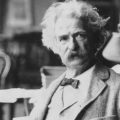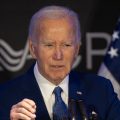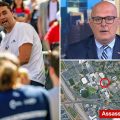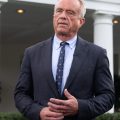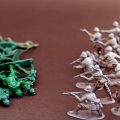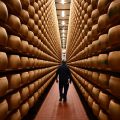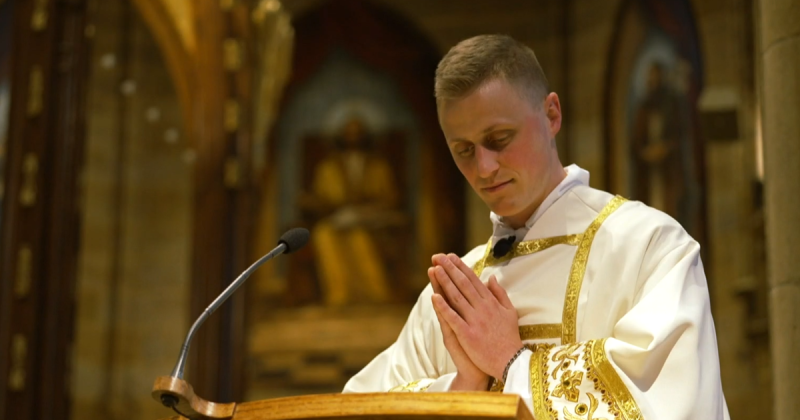
The Catholic Church in the United States is facing a significant crisis: a dwindling number of priests. This shortage has led to church closures and a strain on existing clergy, impacting communities across the nation. However, a new hope has emerged with the election of Pope Leo XIV, the first American to hold the papacy. His ascension has sparked a national conversation – can this historic event revitalize interest in the priesthood and address the ongoing crisis?
The impact of the priest shortage is stark. According to the Center for Applied Research in the Apostolate (CARA) at Georgetown University, the number of priests in the U.S. has plummeted by over 40% since 1970, from nearly 60,000 to just over 33,000. This decline has forced dioceses, like Columbus, Ohio, to make difficult decisions, including the closure of numerous churches. Bishop Earl Fernandes of the Columbus Diocese explains that they’ve relied on missionary priests from other countries and priests from various religious orders to fill the gaps, highlighting the international nature of the current solution.
However, this reliance on foreign-born clergy is precarious. The ongoing challenges surrounding immigration policies could result in the loss of many of these vital members of the clergy. This uncertainty underscores the urgent need for a domestic solution. A new bipartisan bill, the Religious Workforce Protection Act, aims to address this issue by protecting foreign-born religious workers from deportation, offering a potential lifeline to the struggling church.
In the midst of this challenge, there are glimmers of hope. The Pontifical College Josephinum in Columbus, the only seminary outside of Italy governed by the Vatican, has seen a significant increase in seminarians, growing from 17 to 40 in just over two years. This growth suggests a renewed interest in the priesthood, at least within the seminary’s reach. The stories of individuals like Joseph Rolwing, a 27-year-old deacon soon to be ordained, demonstrate the personal journeys that lead to this vocation. Rolwing’s path, from a typical high school experience to a profound spiritual calling, offers a testament to the enduring power of faith.
The election of Pope Leo XIV, the first American pope, has injected a fresh wave of optimism. Many believe that his appointment could serve as a powerful symbol of hope and inspiration, potentially attracting more young people to consider a life dedicated to the priesthood. Whether this hope translates into a meaningful increase in vocations remains to be seen, but it undeniably presents a crucial opportunity for the Church to address the ongoing shortage and revitalize its presence in American communities.
The future of the Catholic Church in the United States hangs in the balance. The priest shortage is a complex issue with deep historical roots, but the election of Pope Leo XIV offers a unique opportunity for change. Only time will tell if his papacy can inspire a new generation of priests and secure the future of the Catholic faith in America.
